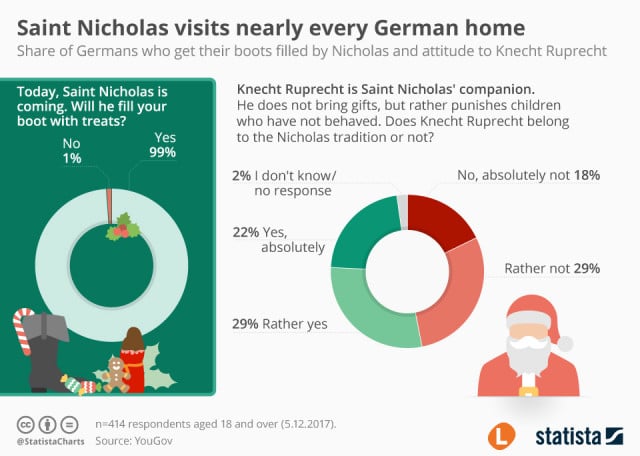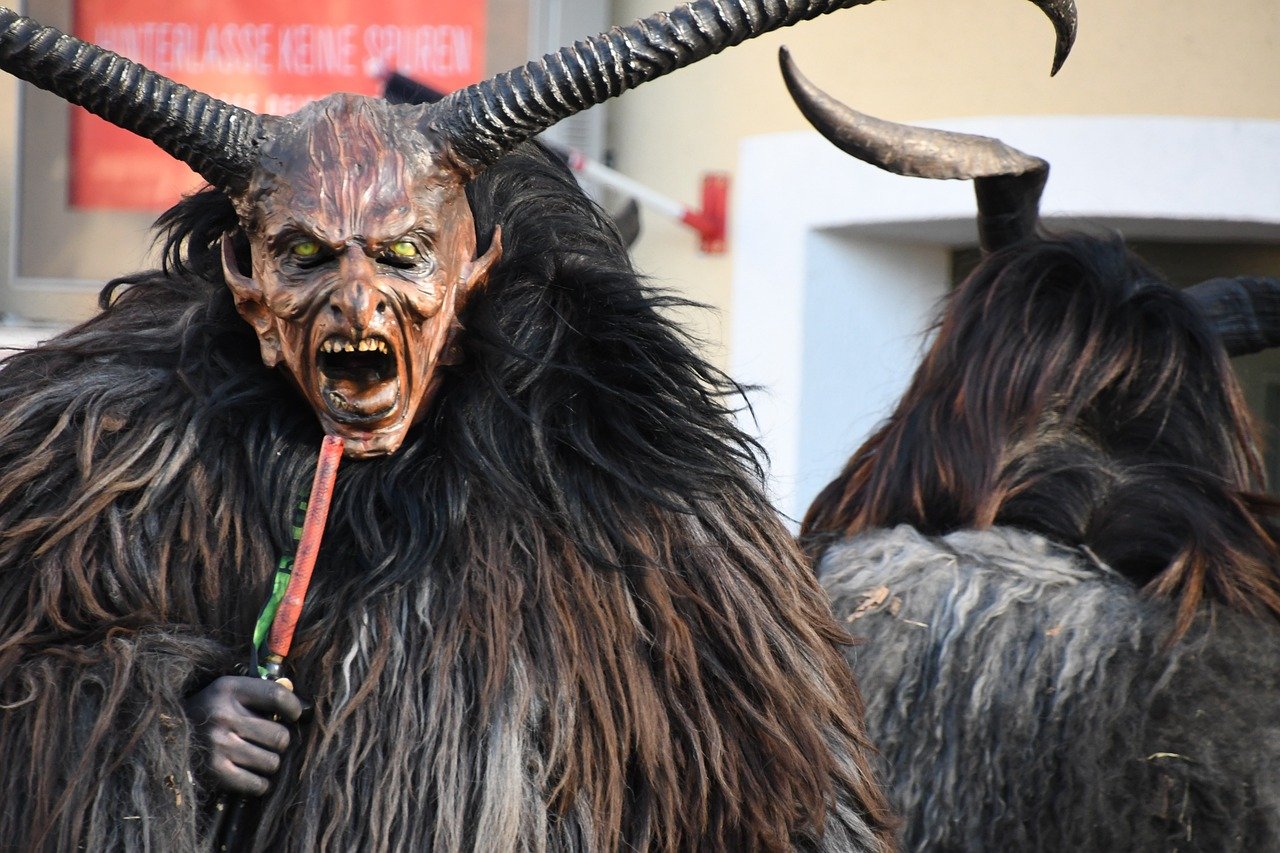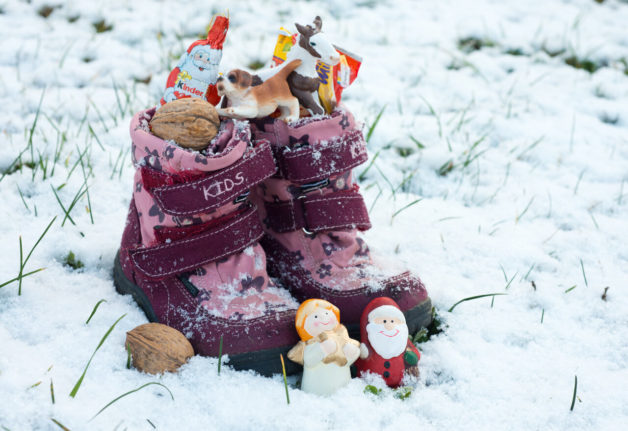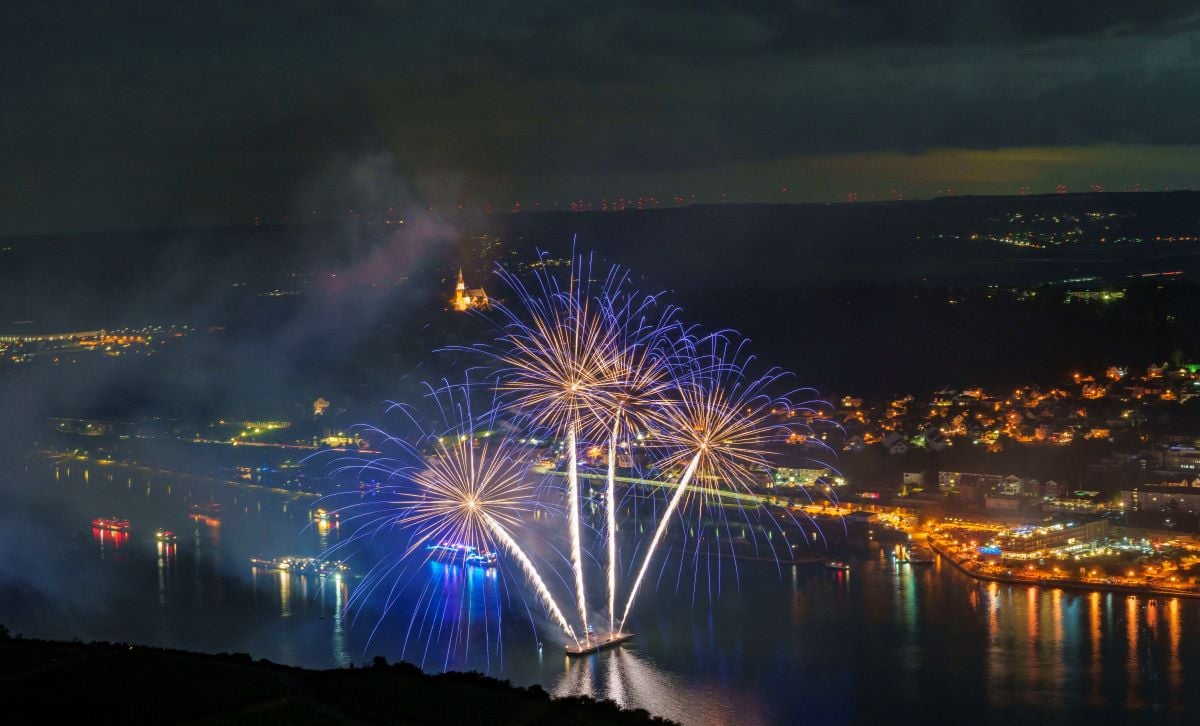Is Nikolaus the same as Santa Claus?
Though they have similar outfits, Nikolaus is not to be confused with Santa Claus, who Germans call the Weihnachtsmann, or Father Christmas. They are two different people. In fact, many religious families try to focus more on Nikolaus earlier in December to ensure that Christmas is actually about Jesus’ birth, and not presents from an Americanised and commercialised Santa.
SEE ALSO: How well do you know these festive German traditions?
Who is Nikolaus, then?
Each year on December 6th, Germans remember the death of Nicholas of Myra (now the Anatolia region of modern Turkey), who died on that day in 346. He was a Greek Christian bishop known for miracles and giving gifts secretly, and is now the patron saint of little children, sailors, merchants and students.
Known as Nicholas the “Wonder worker” for his miracles, he is also identified with Santa Claus. Beliefs and traditions about Nikolaus were probably combined with German mythology, particularly regarding stories about the bearded pagan god Odin, who also had a beard and a bag to capture naughty children.
READ ALSO: Everything you need to know about preparing for Christmas like a German
Why do children set their shoes out on the night of December 5th?
The custom began because the historical St. Nicholas had a reputation for leaving secret gifts, such as coins, in people’s shoes overnight. Kids traditionally put out their boots, though shoes or stockings will suffice for those without boots.

Infographic: Statista
As the Statista infographic based on data collected by YouGov shows, St. Nicholas visits almost every German home; 99 percent of Germans want their boots to be filled with treats.
43 percent of respondents in the survey said they wanted their boots filled with sweets, 44 percent with gifts and sweets and 10 percent with gifts.
And the boots have to be polished first?
Definitely. Dirty boots are unacceptable. Children polish their boots to show they’ve been good. They usually place just one boot outside their door so they don’t appear too greedy, though.
One polished boot: Check! What happens next?
According to the legend, Nikolaus comes in the middle of the night on a donkey or a horse and leaves little treats – like coins, chocolate, oranges and toys – for good children.
What does his outfit look like?
He is usually pictured with a long white beard, a bishop’s mitre and a red cloak, sometimes with a sack over his shoulder and a rod in his hand.
Does Nikolaus come again on Christmas Eve then?
No. Santa Claus, or the Weihnachtsmann, usually comes to German homes – often in person – on the afternoon of Christmas Eve.
SEE ALSO: 8 of the most beautiful German Christmas markets
So who is Krampus? Is he different from Nikolaus?
In many regions in the south of Germany, the evil Krampus figure comes out to punish naughty children the evening before Nikolaustag.
Many towns and cities have a Krampuslauf – a Krampus run – in which performers dressed in scary costumes with carved wooden masks, huge horns and long hair parade through the streets.
Depending on whether children have been naughty or nice – they might wake up on December 6th to find that Nikolaus has left them treats in their shoes – or they might instead get a punishment from Krampus on December 5th, the night that both Nikolaus and Krampus traditionally come to visit.

While Nikolaus is a saintly, nice old man much like Santa, Krampus is a horned, scary anthropomorphic devil creature who visits the homes of Austrians and scares children who weren’t good kids during the year.
Described as half-demon, half-goat in some legends, Krampus is also said to scare away the dark spirits of winter and is a very traditional part of local folk customs.
What do naughty children get?
This depends on different family traditions. Sometimes they’ll be left with a bit of wood in the boot.
Crikey. That spoils the fun a bit, doesn’t it?
Certainly! Traditionally, children were often quite frightened of being questioned about their behaviour because they’ve been told that St. Nikolaus or Krampus will hurt them with his rod or even put them in a sack and take them away if they’ve been naughty.
Though the custom is in decline, in more Catholic regions, parents inform a local priest of naughty behaviour. The priest then pays a personal visit wearing the traditional Christian garb to threaten the little rugrats.
However, let’s hope that children in Germany all wake up with some chocolate!
Frohen Nikolaus!





 Please whitelist us to continue reading.
Please whitelist us to continue reading.
Member comments